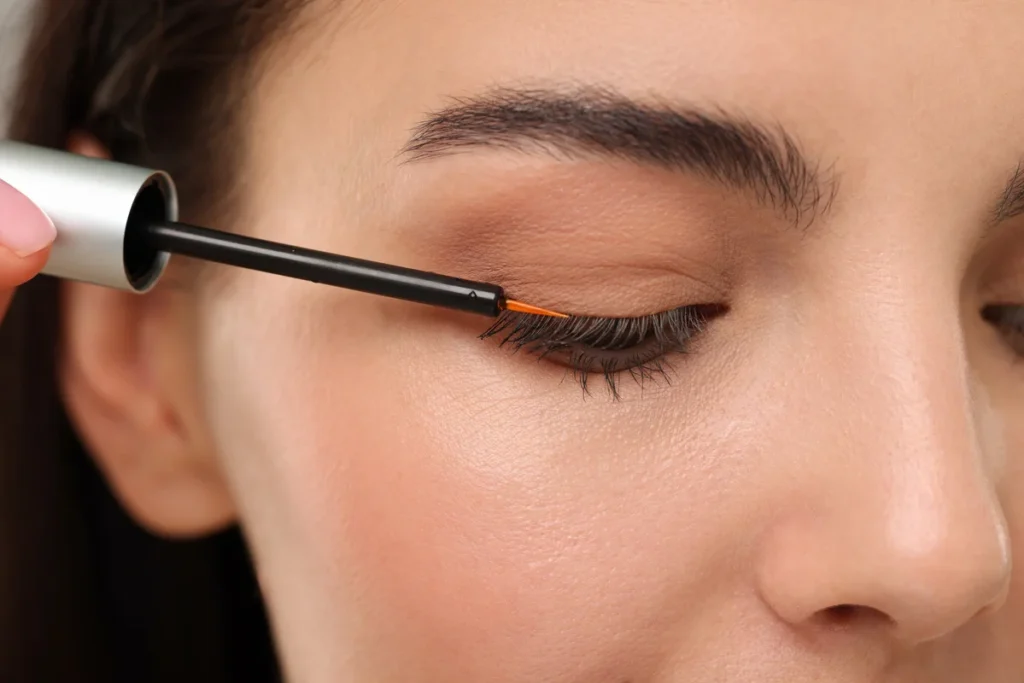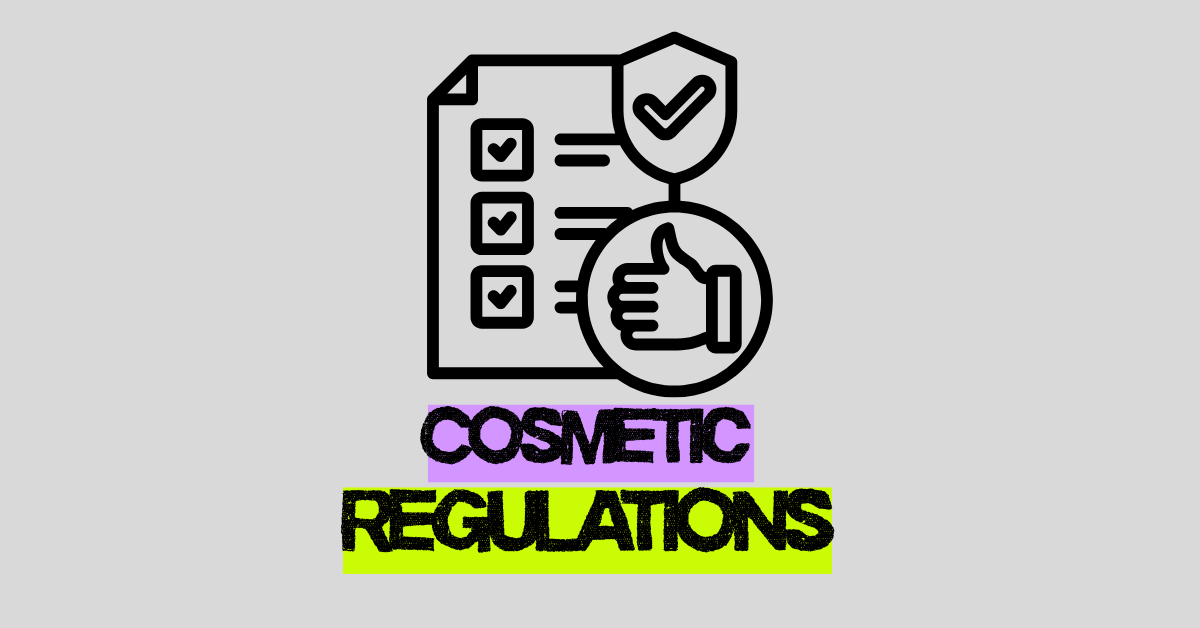
Prostaglandins are one of the body’s messengers that regulate various activities that keep us functioning effectively. They pop up all over the place, but one that’s particularly interesting to a lot of people is that there are prostaglandins that control the rate of hair growth.
This is something that we’d love to have under our control. Something that has been tried is identifying synthetic chemicals that are sufficiently similar to the body’s own that they have the same effect. These are referred to as prostaglandin analogues. The most widely used in cosmetics is I think Isopropyl Cloprostenate. It is used in eyelash growth serums.
While it might be tempting to imagine that simply dabbing a bit of an eyelash growth serum onto your lashes could stimulate them into luxurious new life, things get tricky when you look closer at how these products actually work in practice. The idea is sound from a theoretical standpoint: if you can get a chemical messenger like a prostaglandin analogue onto the hair follicle, you could coax more growth. However, our skin is rather good at keeping things out. The penetration of these substances through the skin’s barrier is, unfortunately, very low.
Medical researchers have looked at this issue and generally found that it is extremely difficult to deliver anywhere near the amount of a prostaglandin analogue needed to make a real difference to hair growth by applying it topically. Even when used correctly and in concentrated forms, only a tiny fraction manages to reach the relevant cells in meaningful amounts. In short, the odds of achieving a noticeable eyelash-boosting effect from over-the-counter serums are pretty slim.
On the bright side, this difficulty in getting the ingredient where it’s needed means that the risk of any negative side effects for typical users is extremely low. So, while you’re unlikely to see dramatic growth, you can at least be reassured that you’re probably not causing your body any harm either.
The latest news from Brussels is that the EU’s Scientific Committee on Consumer Safety (SCCS) has drafted an opinion on several prostaglandin analogues commonly found in eyelash and eyebrow serums – Isopropyl Cloprostenate, Ethyl Tafluprostamide, and Methylamido-Dihydro-Noralfaprostal. It concludes that they cannot be considered safe for use in cosmetic products. This conclusion arises from years of accumulating toxicological evidence. The SCCS found that even tiny amounts of these substances can trigger significant biological effects, with worries centred on possible reproductive and developmental toxicity, especially given their typical use by young women.
Having worked on the frontline in topical drug development, I am not convinced the risk is really as great as the report suggests. It’s really hard work getting drugs through the skin at all, let alone at levels where they are effective. That applies just as much to undesirable side effects.
However, although the science seems settled in the eyes of the SCCS, the regulations themselves have not yet changed. So far, none of these prostaglandin analogues are included in the list of banned or specifically restricted substances under Regulation (EC) No 1223/2009 for cosmetics, which remains the key legislation in Europe for this sector. The SCCS’s opinion does set the scene for regulatory changes, but before any update is made to the law, there will be further steps—public consultation runs until mid-August 2025 and any revisions will need to clear various bureaucratic hurdles. This process can take quite some time, and anyone familiar with EU regulatory mechanics will know that, realistically, meaningful changes to the legal status of these ingredients are at least a couple of years away.
It’s worth noting that in an ideal world none of these materials should ever have been permitted for cosmetic use in the first place. There’s no credible evidence that they do what the marketing claims: the science just doesn’t support the idea of effective eyelash growth from applying these substances topically.
While the risk to consumers from using such products is very minor – if any risk at all, the quantities that actually penetrate are too low to do much of anything – the situation is rather different for people working with these chemicals in manufacturing settings, where exposure may be higher and controls aren’t always as tight in cosmetic manufacture as materials as active as this might require.
All told, the EU is as usual erring on the side of caution. But arguably – and especially when it comes to cosmetics which might be life enhancing but which aren’t actual necessities – it’s better to be too careful than not careful enough.
